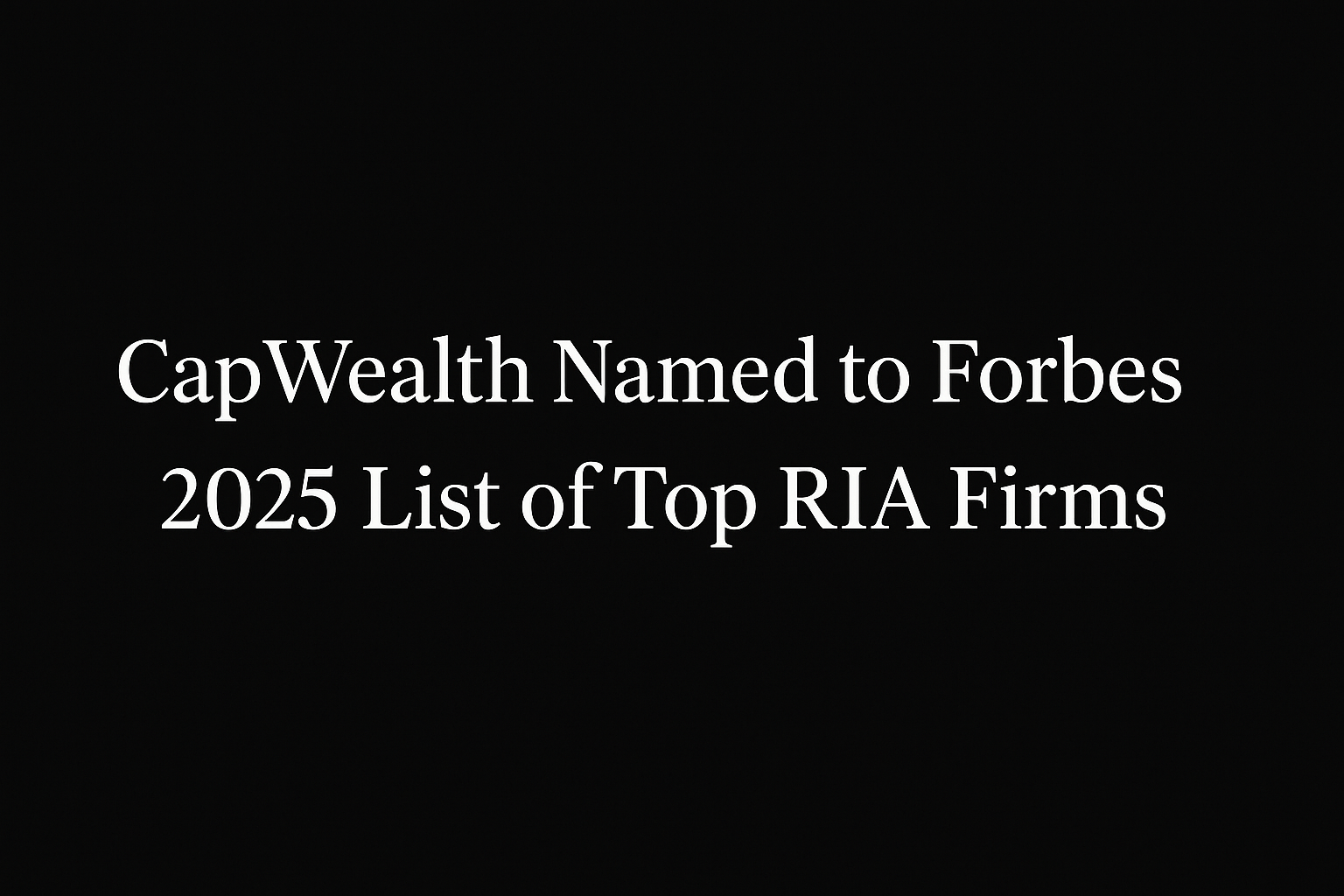Americans spend more at restaurants than grocery stores. Is it a problem?
June 2, 2017
Recently I heard our chief investment strategist say that Americans now spend more at restaurants than grocery stores. I was astonished. Could that really be true? A couple quick Google searches confirmed that indeed, last year, retail sales at restaurants and bars exceeded those of grocery stores for the first time.
It’s Norman Rockwell at my house
My next thought was, well, the rest of country might be eating out more, but not so at my house. We’re very committed to having dinner as a family each night. Plus, I have a passion for cooking. In fact, our sacred mealtime ritual, a tradition carried over from my childhood, is quaint to many of our friends. I look forward to the conversation. I look forward to the connection.
I look forward to seeing my husband and my son enjoying the repast I’ve prepared with my own two hands.
Yet, being a finance and numbers freak, I was curious. What was our ratio of eating at home versus eating out?
So I separated out our grocery and restaurant purchases over the past year. You guessed it. I was stupefied to discover that we, too, spent more at restaurants! What happened to my Norman Rockwell dinnertime?
A buffet of dining options
There are several reasons behind this reversal of a longstanding pattern in which the bulk of American food spending occurs at the supermarket.
Demographics have had a large impact on this shift. While baby boomers are eating at home in an effort to save money (perhaps because they under-saved for retirement), they are outnumbered by the millennial generation.
Millennials have many frugal habits but they do have a penchant for eating out. Technology is also impacting the trend with apps like GrubHub, DoorDash and Seamless providing convenient ways to order food from almost any restaurant for delivery.
Takeout has become so popular that restaurants are being reconfigured to handle the growing number of customers that come in only to pick up their order.
Somewhere between a home-cooked meal and eating out is the meal kit, another new dining phenomenon.
Meal kits offer pre-portioned ingredients and instructions for preparation delivered direct to your doorstep.
They require cooking but there is no actual grocery shopping. Blue Apron, HelloFresh and Plated are all examples of an industry which is touting annual sales of $1.5 billion and growing.
Is this trend a problem? It depends
Is this trend a problem for the American consumer? Dining out is certainly more expensive than eating at home, but if you’re adjusting your budget to accommodate, then it shouldn’t be a big deal. But the Federal Reserve’s 2015 report on the economic wellbeing of U.S. households showed that 46 percent of adults say they either could not cover an emergency expense costing $400.
A couple of weeks ago, an Australian real estate mogul was roundly lambasted on social media for suggesting that $19 avocado toast might be why millennials couldn’t afford homes. But the truth is, eating out does add up. One wonders, too, if it’s adding up in other ways — contributing to our escalating obesity epidemic, for instance.
It’s certainly not a problem for investors.
It’s an opportunity. When consumers change their preferences, they shift spending habits, causing some companies to benefit and others to suffer. Winners and losers can be hard to identify, but if you think this trend is here to stay, investing in companies that adapt to the changes in their industry could bring bountiful returns.
Phoebe Venable, chartered financial analyst, is president and COO of CapWealth Advisors, LLC. Her column on women, families and building wealth appears every other Saturday in The Tennessean.














